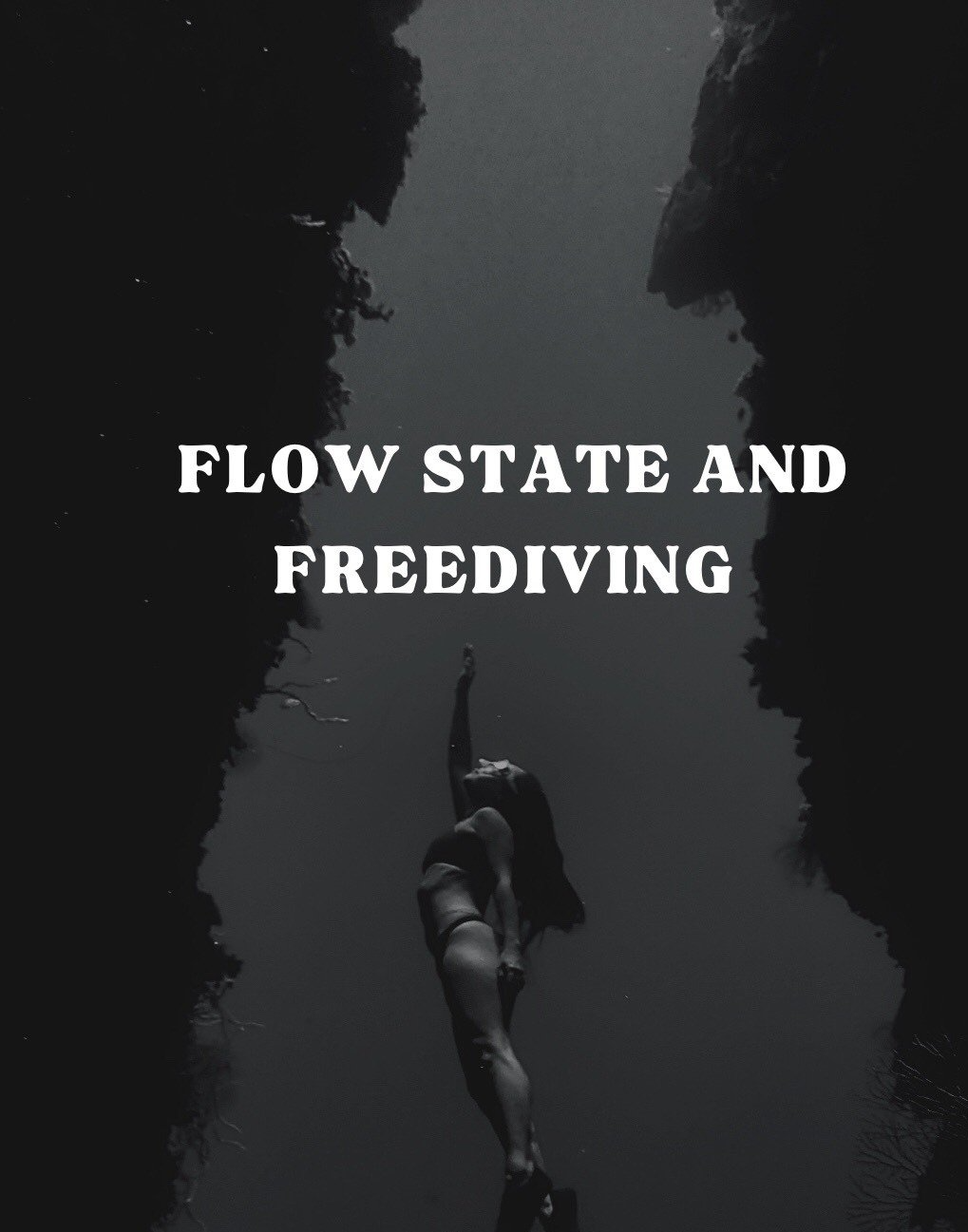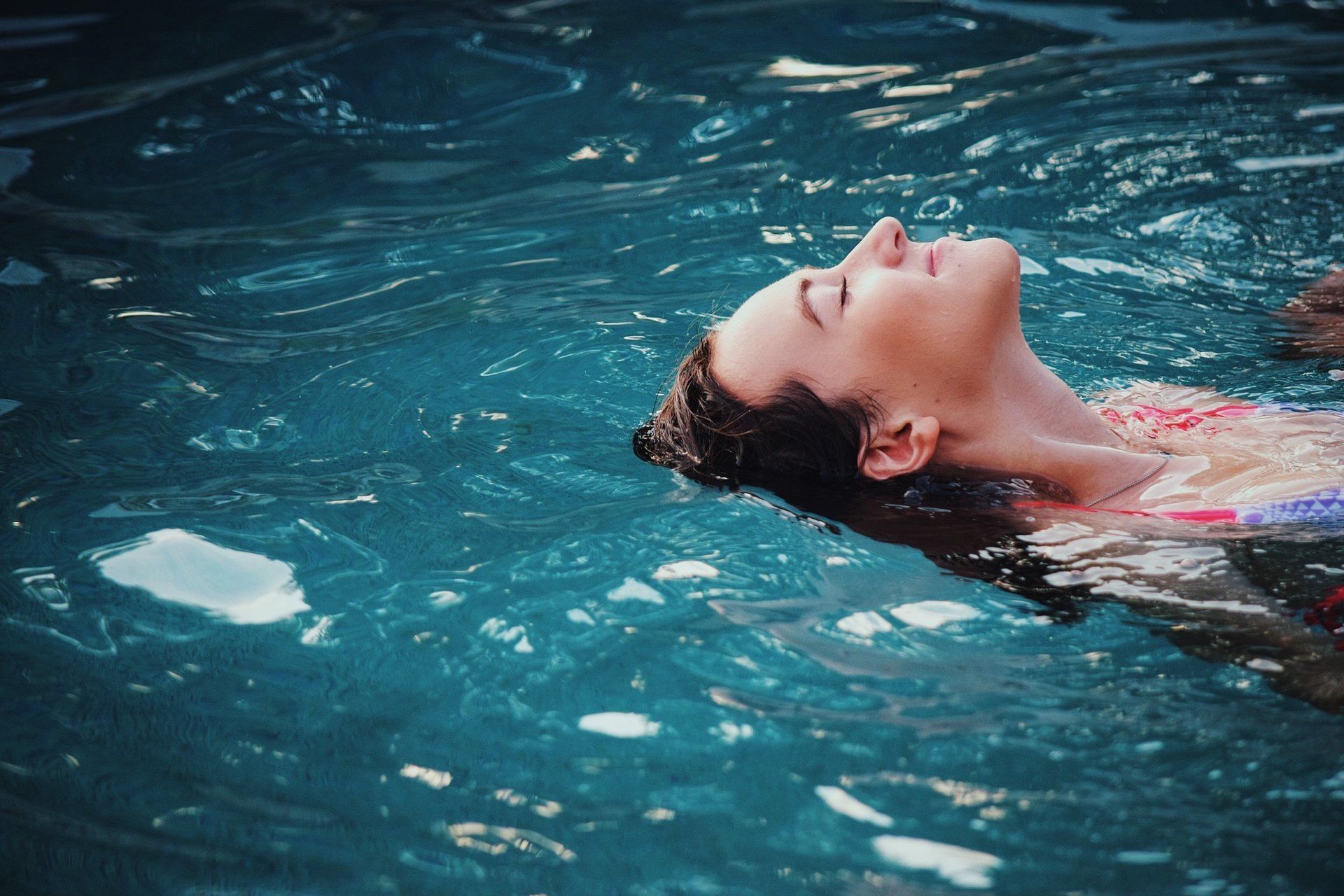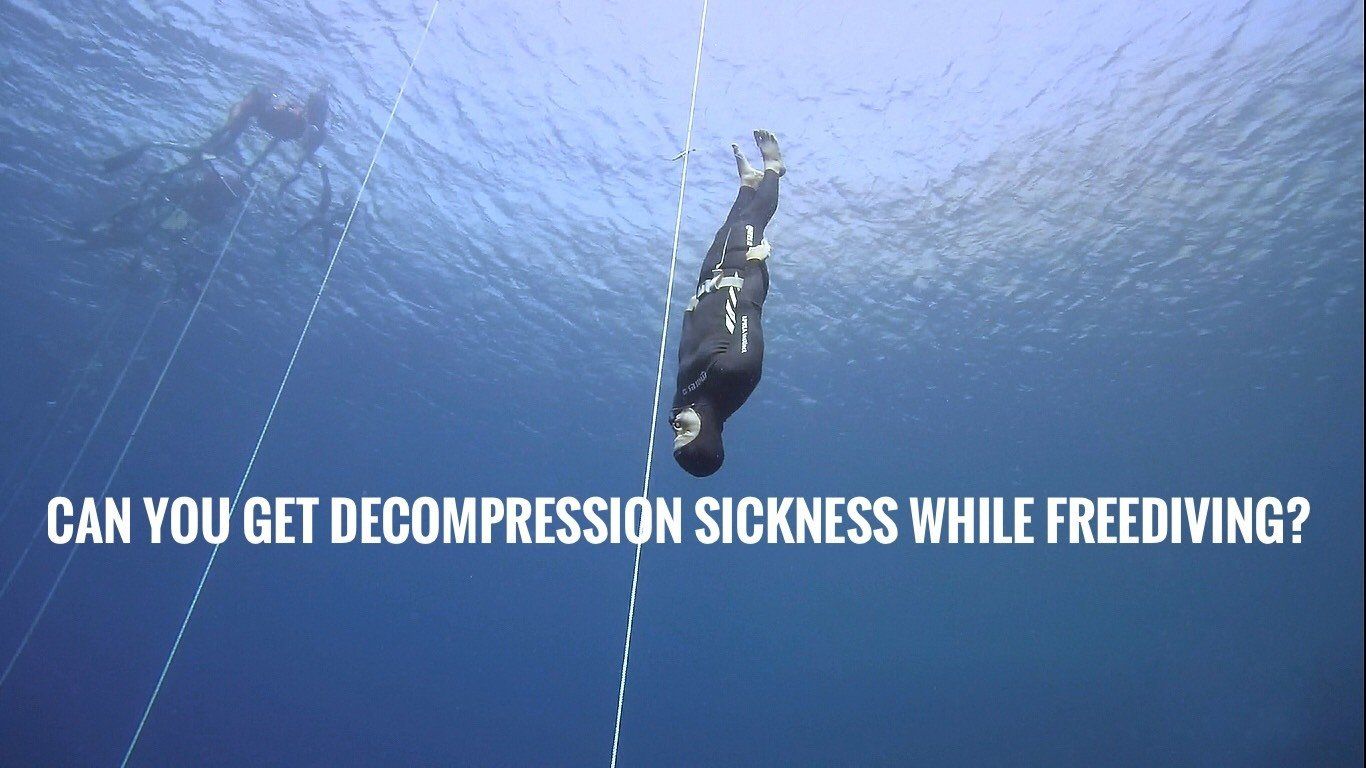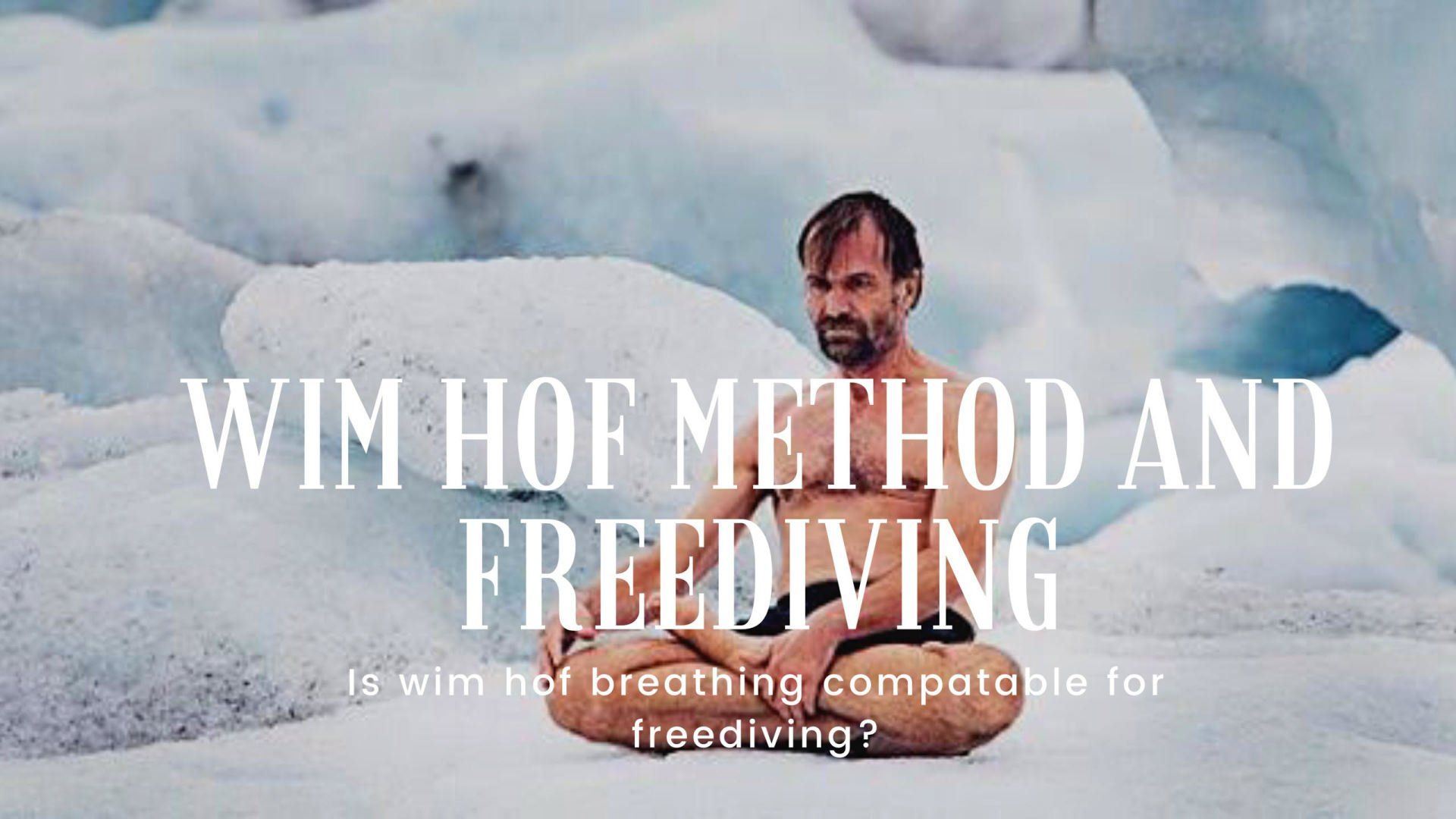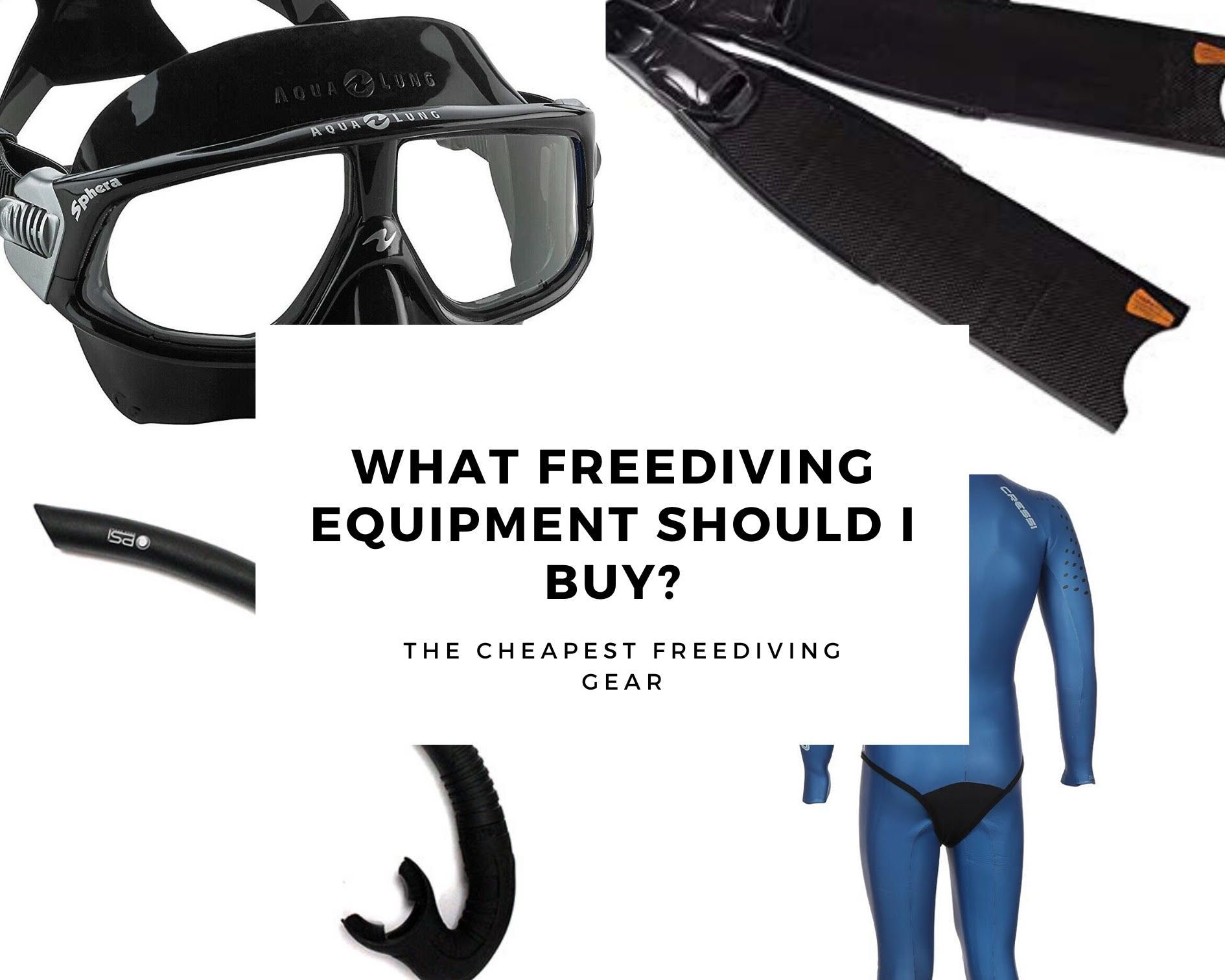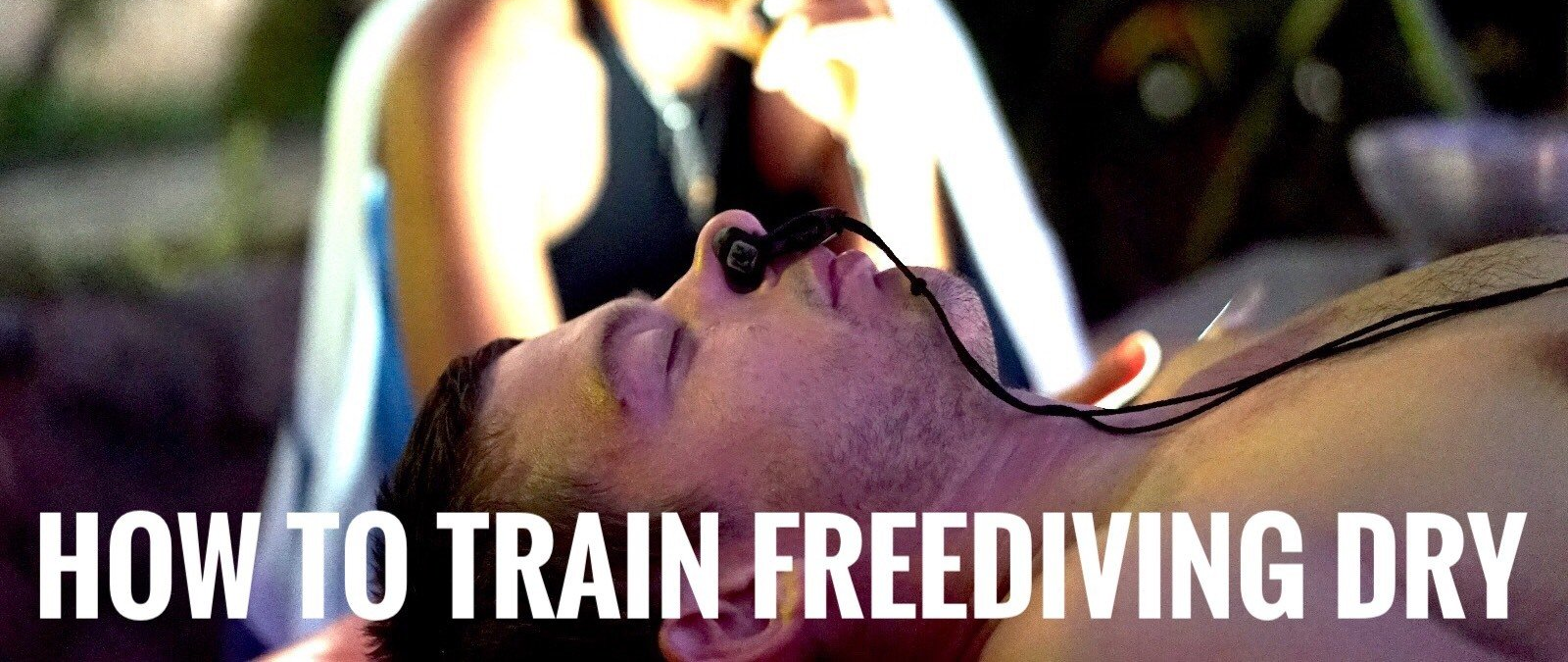How to freedive deeper - How I went from 0 to 85 meters in three years
In this article I will explain the different steps I took to be able to dive down to 85 meters within a period of three years

For the past three years, I've dedicated the majority of my time to deep freediving. I've had the privilege to dive with much better divers than myself, and this has helped to shape my diving to what it has become. Now, I am one of the somewhat deep divers, so what I hope this text will do, is to get you to exceed beyond what you thought was possible in deep freediving.
My first freediving course
I was backpacking around Thailand at the moment, and I found this freediving school on Koh Lanta in southeastern Thailand. I remembered how much I enjoyed my snorkeling experience during that trip to Greece fifteen years earlier, and I was certain that this was something I wanted to try. So I signed myself up on the course.
The first day was theory and static breath-holding. I remember that my first try, I was able to hold my breath something around two minutes. After a few tries however, I was able to push myself to 3:14 of breath-holding.
The next day was open water. In the beginning I found it awkward diving on a line, I couldn't really equalize and pull down the line at the same time. So the first day in the open water was not a success, I don't think I made it down below 10 meters on the first day. On the second day however, everything came together and by the end of that session I was able to dive down to 20 meters.
After this freediving course, I got a taste for freediving and I wanted to dive deeper. Mostly due to the reason that my instructor told me about something called the freefall, which she said that happens when you dive below 25 meters. And from this point onward, I was as determined as one can possibly be, to be able to experience that. For the rest of this trip, I spent as much time as possible snorkeling around the reefs. In this way I would get more and more comfortable in the ocean and increase my relaxation underwater, which, I would later find out, was crucial for deep diving.
Back home and breath-hold every day for four months
After that backpacking trip, I was back in Sweden, unable to freedive for the next few months. I was determined that I would continue my freediving training and see where it would take me. So, every single morning, when I woke up I held my breath before eating breakfast. In a couple of months I was able to hold my breath for 6:26 in the bed. I continued this way of training until I was able to get back to tropical waters. I wrote an article about how I trained dry static breathholding which you can read about here: https://www.alexanderfreediver.com/how-to-hold-your-breath-for-5-minutes-in-less-than-a-month
Stretching
I didn't spend any time on stretching my legs, arms or hips or doing yoga. Instead, I put all my effort into stretching my diaphragm. Here below you can see how how this stretch looks like.
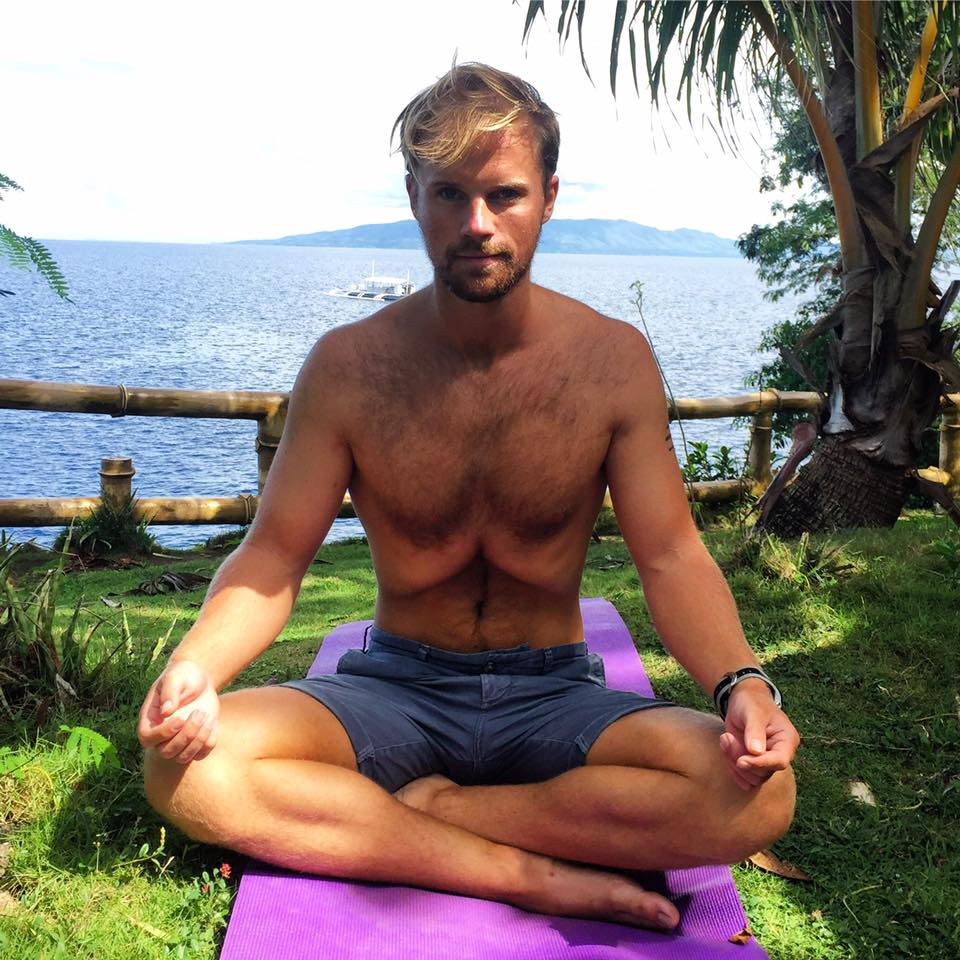
The stretch is called Uddhyana-Banda and it is, in my opinion, the most efficient way to stretch for deep freediving. The stretch will make you more comfortable with the increased pressure you feel when you dive deeper. I used to do this stretch every other day on an empty stomach.
How to do uddhyana-banda
-
1) Start by exhaling completely
2) Lock your throat
3) Relax your abdomen
Hold until you feel the urge to breath, (never hold this stretch with contractions).
I used to repeat this stretch around 6-8 times per session.
Tip#2: Build a good foundation with breath-holding and diaphragm stretching (continuity is key).
First time depth training
(October 2016)
I am now back in Thailand to start my depth progression. I started progressing quite fast and became comfortable diving down to the bottom of the waters we were diving at. In just two weeks of diving, I was diving comfortably down to around 37 meters, and this was the deepest we could dive to here. Even though I wanted to, and was eager to explore where my limit was, I was now limited to the depths of 37 meters because this was as deep as the sea around Koh Tao went.
Repeating 37 meters for one month
Four days a week for one month, I was diving to 37 meters. By the end of that month I was even able to hang down there for a while, making the entire dive last for around 3 minutes. I was also able to practice all the essential parts of a deep freedive, like freefall, equalization etc. What is also worth mentioning, is that until this point, I didn't know anything about advanced equalization methods like mouthfill. All I was doing was using the frenzel technique down to 37 meters. Now, in hindsight, I think it was possible thanks to the diaghragm stretching I had done the months before, making me more comfortable with the increased pressure and able to equalize down there.
Going to deeper waters
Later on the same trip, I went on a workshop organized by Adam Stern, who had just started to run what he now calls "deep week". During that week I was able to progress from 37 to 50 meters depth. This is a very fast progression and I think all that diving I had just done on Koh Tao payed off! When I had been diving time over time to 37 meters for a month, it made my body used to spending a long time down at depth and also getting used to longer dive times. I was now diving to 50 meters and I was still using frenzel equalization. Up to this point I hadn't yet figured out how to use advanced equalization methods. 50 meters was the bottom of the bay in Amed, so I was now again limited by the sea floor. Now it was time to go ta an even deeper place!
Tip#3: Spend as long time as you can in a place where you can dive deep.
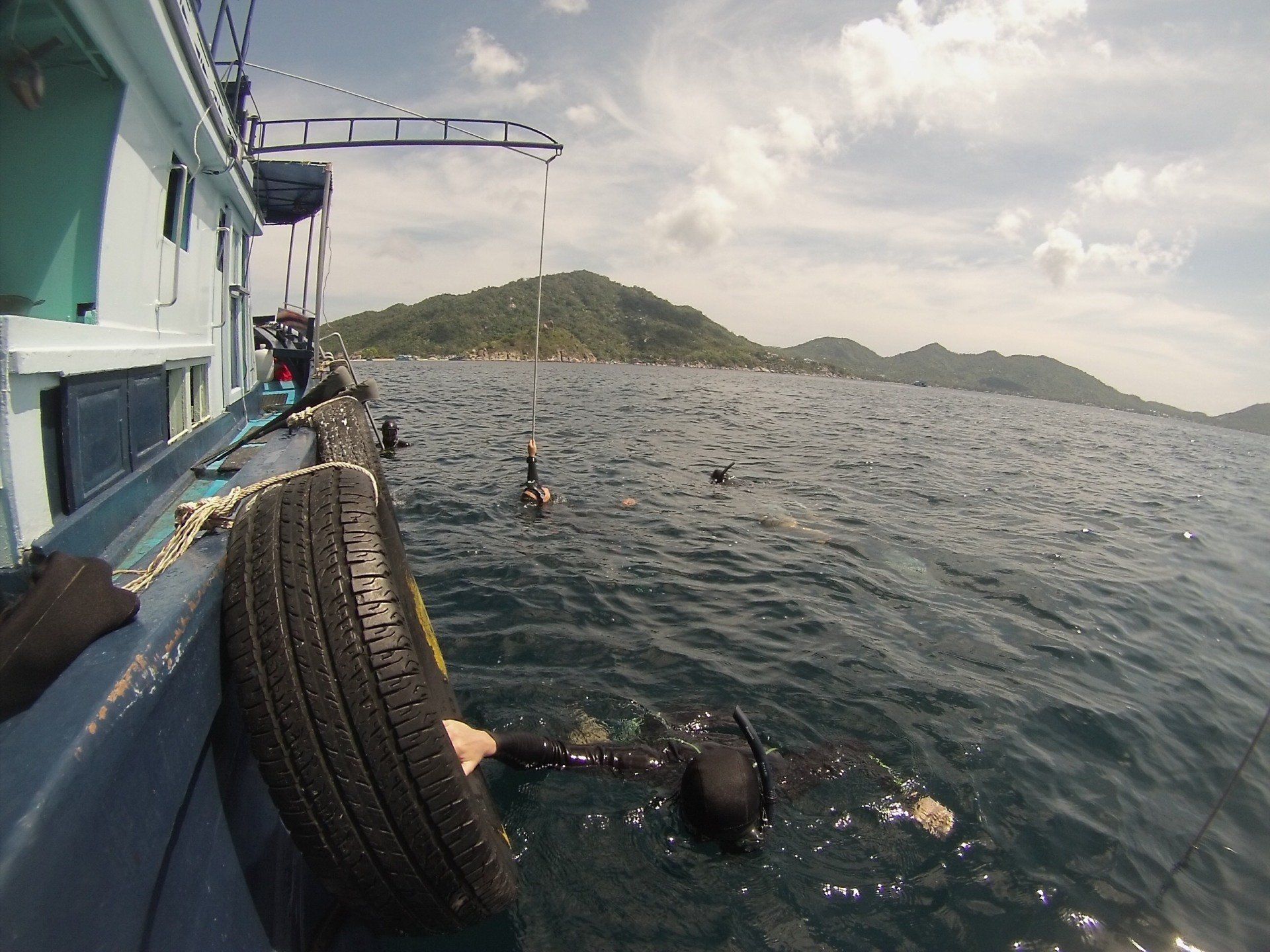
Going to even deeper waters
I then asked Adam where he suggest that I should go next. He told me that Panglao, in the Philippines, would be a good spot. I arrived there with the limited amount of money I had left and signed up for 10 freediving sessions which I planned to do over the next 20 days with one rest day in-between each session.
There, I was introduced to Alenka Artnik, the female world record holder, and she told me that she was looking for someone to train with. Little did I know how valuable that would be for my freediving progression. I was just happy to have someone to train with. There was probably no change in my technique or equalization during those 10 session. But what changed was my perspective to depth. I didn't think of 60 or 70 meters as particularly deep dives. Every other day I saw Alenka, with ease dive down to 70 or 80 meters. This gave me the confidence to dive deep myself and approach depth with a more relaxed mentality.
During those sessions, I was told to not progress more than three meters per session. I followed this advice and went from 50 to 66 meters in 10 sessions. The dive to 66 meters was my last dive on this trip, and I felt like this was the limit of my equalization at this point.
Back to Sweden
A big part of freediving training is rest, and it's important to spend sufficient time away from depth to recover. Also, maybe more importantly, you don't make money while training freediving, so its a good idea to save up a good amount of money before going to a place to dive deep, so you can focus sorely on deep diving when you are at the place to dive. I think it was a good thing that I wasn't living abroad during these times, and only spent a month or two training depth.
During the time in Sweden, I was training dry breathholding on exhale and apnea walks. I wrote about the training in this article: https://www.alexanderfreediver.com/how-to-train-freediving-away-from-the-water
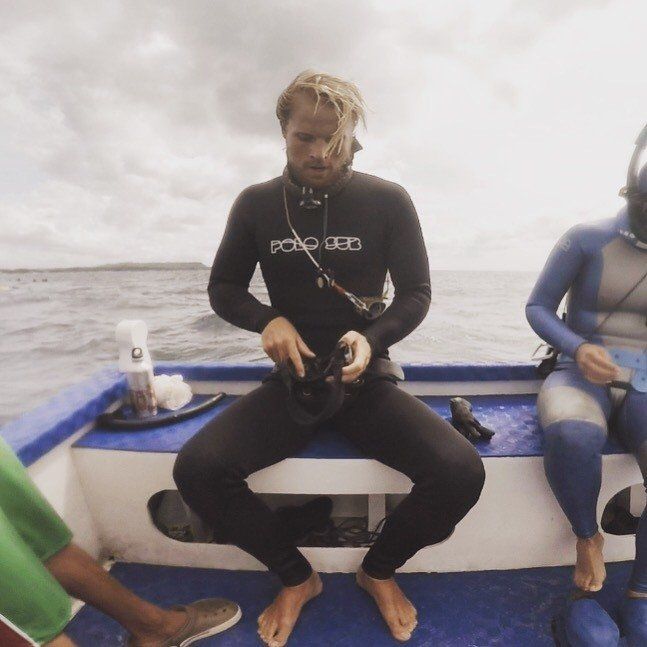
Planning for my first depth competition
(June 2017)
I had just signed up for an instructor course with Adam in Bali. I arrived back to Bali and set my aims for my first depth competition. I started my depth progression and found myself getting sick with a cold. Having a cold as a freediver can be catastrophic. It might mean that you will not be able to equalize for the coming month, and that was exactly what happened to me. After finishing the instructor course, I went to Panglao to train for my first competition, but I couldn't dive deeper than a few meters before my ears would stop equalizing.
During this trip, I met Max Lindqvist, Sweden's most talented depth diver. Instead of competing in the competition myself, I took note of how Max was training for the coming competition. Here again, I realized that one´s perspective about depth is really important. And after seeing Max being able to dive down to 106 meters with such ease, I saw the depth I was able to dive to as really shallow. When the competition was over, I had around two weeks left before it was time for me to fly back to Sweden. At this point I really wanted to get my trip´s worth by diving deeper than before. I managed to dive to around 64 meters, but there it stopped. I was simply too eager to get down to the bottom, and with that mindset you never get anywhere in freediving. At this point, I consulted Max about how I can dive to 70 meters with the limited time I had left in Panglao. I was hoping for an answer describing a secret way to equalize deep or something of the like. Instead he answered: "Your aim is not to dive to 70 meters, you will dive to 80 meters or deeper sooner or later, so it doesn't matter if you go to 70 meters on this trip or the next one." This answer taught me a good lesson, and from this point onward, I made a point to approach my freediving more casually, which helped me in the long run.
Tip#5: Don't be too eager to dive deep, take your time!
A short stop at home and then my first trip to Dahab
(October 2017)
My last trip didn't take me any deeper, but now I had two months diving in the blue hole in front of me and a different mindset to my diving. I had realized that I had to drop all my expectations and start freediving for enjoyment instead. I started my depth adaptations like I always do. I start by diving to 30 meters, and then I progress around five meters for every session until I get to my personal best, which at this time was 66 meters, and from here I would not go exceed my maximum depth by more than three meters. I began enjoying the dives more and more, and before I knew it I freefell down to 72 meters!
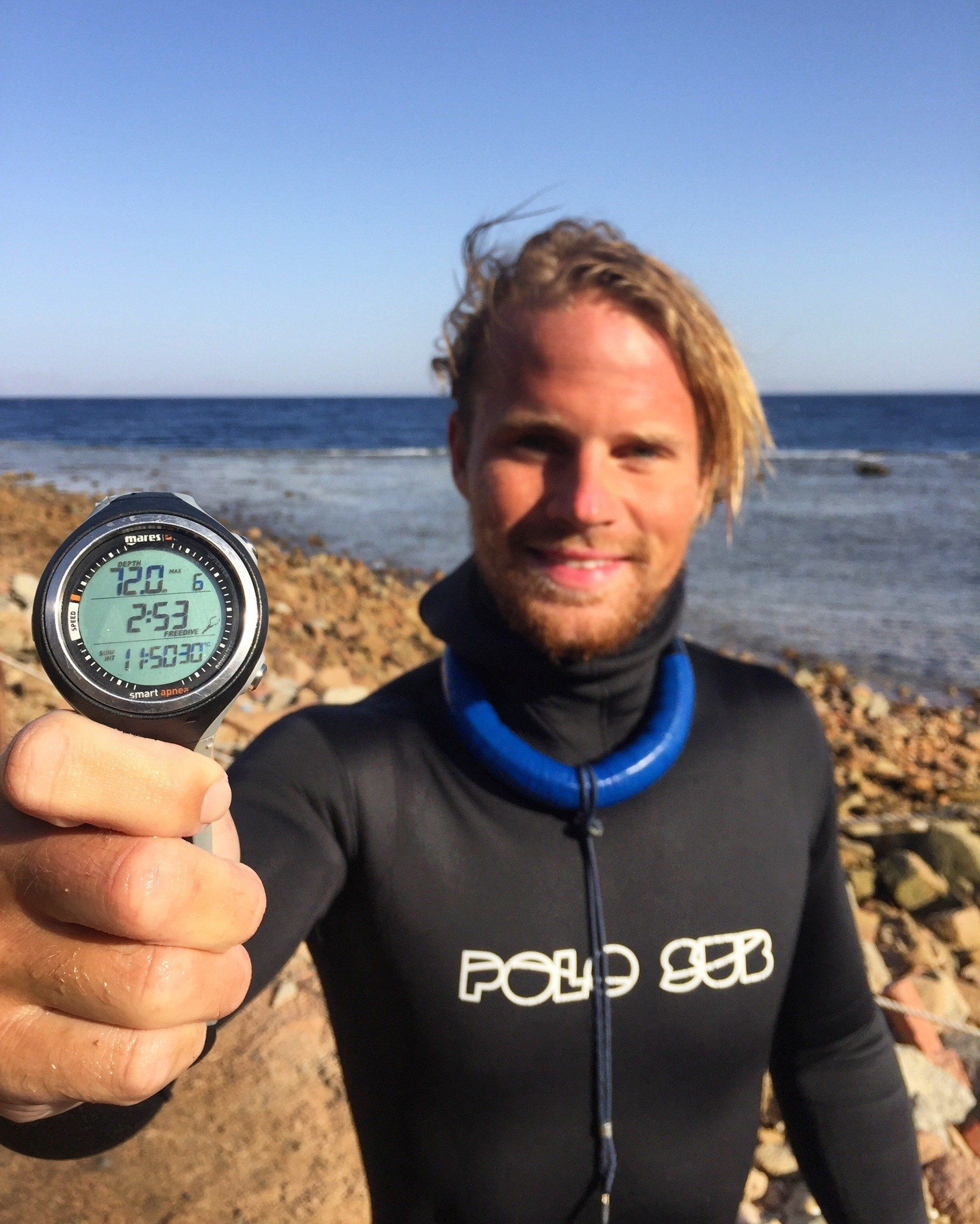
Time for my first depth competition
At this point, I had spent one month diving in the blue hole and was doing comfortable dives to 70+ meters in free immersion (the discipline where you pull yourself down and up o the line). Instead of writing details about this experience, I have a video about my first competition here: https://www.youtube.com/watch?v=Z-P7jrao_cA
Lots of dry training
After that depth competition, it was time for some well deserved rest from deep diving. So I returned back to Sweden to work and to continue with my dry training.
A big part of why I was able to progress deeper when I went to a place to dive, was thanks to all the breath-hold training I had done outside of the water.
I continued doing the dry breath-hold training that I mentioned earlier. I did that every second day during the periods I spent away from the water.
How to get rid of pressure contraction
Up to this point I had be dealing with contractions on the way down, starting at around 30 meters. This was the reason why I didn't dive deeper than 72 meters. Due to these contraction, I had a hard time keeping the air that I need in my mouth to equalize with. So I had to come up with a way to get rid of the contractions on the way down.
My theory was that the problem was caused by an inflexible thoracic cavity. So I bought a small stretching ball and began to lay on that daily.
I was doing this stretch every second day and on half empty or empty lungs. I would lay on the ball like that until I felt the urge to breath. I would rest for about one minute until I repeat the same stretch. I was repeating this stretch 6-8 times per session.
Buying a monofin and my first 80 meter dive
(November 2018)
Until this point I had been diving with plastic fins for 50 dollars. Instead of investing in expensive freediving gear, I spent my money on quality freediving training and on living cost in the places that I was freediving at.
After some time in Sweden,I felt it was time to try another discipline, so I got myself a monofin.I took my new monofin and flew back to Panglao, excited to try out this new fin and see where it would take me.
I had gotten used to doing dives past 70 meters which took over three minutes in free immersion.
So when I first dove to 70 meters with a monofin, it felt like I didn't even start then breathhold before it was over. The dive to 70 meters with the monofin took 2:15.
Also, the pressure contractions were gone. I was now able to freefall without contraction. Which allowed me to equalize comfortably deeper.
With my new-found confidence, I signed up for another depth competition and started to train more with the monofin.
I was diving down to 78 meters just a few days before the competition, so I arrived to the competition announcing 80 meters on the last day. Here is a video on how it went: https://www.youtube.com/watch?v=a3tyFcvx6wk
Tip#7: Spend money on quality training and on living costs in places you can dive deep. Buy a monofin when you are used to 3+ minutes dive time on the deep dives.
I went back to Panglao to squeeze out the last bit of my diving for this time. I was able to do another personal best dive to 82 meters. This was my equalization limit to this point. I simply didn't have any more air in my mouth to equalize the air with to go deeper. I was however pleased with my performances both in competition and in training, so now it was time to return home to Sweden and rest up for next trip.
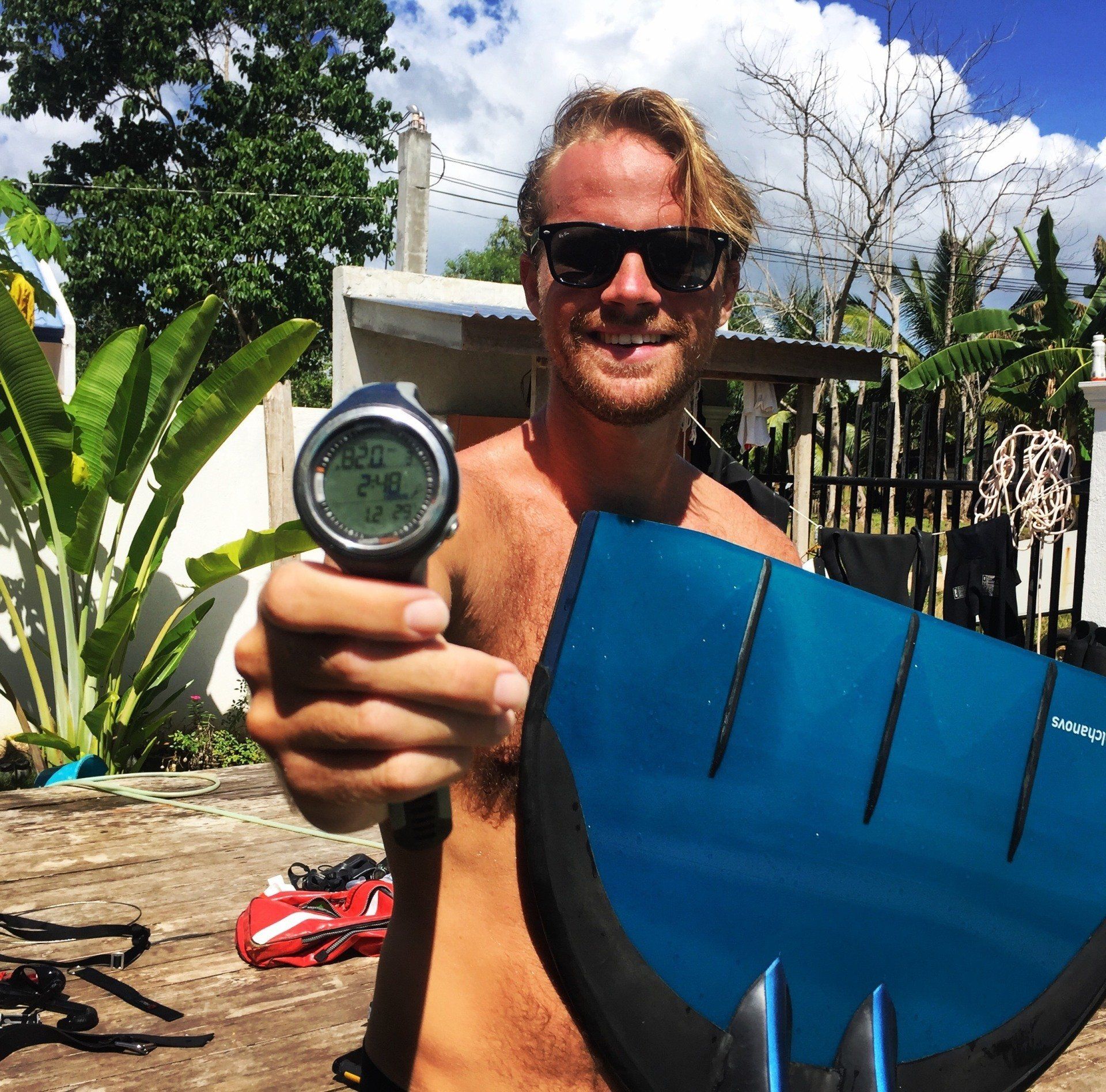
Dry training for deeper diving
I now had a few months away from diving before it was time for my next depth competition in Dahab. I spent this time in Sweden doing plenty of apnea walk simulations and also continuing with the thoracic ball stretching.
The reason for me not being able to dive deeper than 82 meters, was due to one main factor. I was getting the urge to breathe during the freefall due to high levels of co2, and this would make me to loose my mouthfill . So, to change this I started to experiment with slight over-breathing (hyperventilation), so I would be able to freefall with less Co2 and therefore be able to equalize deeper.
My apnea walk simuation would look like this:
- breathe up (tidal breathing through the nose) for two minutes, followed by 6 big sighs breaths before the dive breath.
- Walk fast for 30 seconds (simulate time it would take to freefall)
- Lay still until 1:25 (simulate the freefall until turn at around 90 meters)
- Stand up and start walking until around 3 minutes total time.
Tip#8: Do apnea walk simulations to find out which breathe-up that suites you to not have co2 contractions on the way down.
Return to Dahab and diving to 85 meters!
September 2019
I returned to Dahab in the end of the summer and I now felt ready to progress deeper!
I spent around one month in Dahab and during this month I was constantly diving to over 80 meters. When it was time for the competition, I felt ready to announce a new personal best. So I did. During this competition I was able to make it down to 85 meters, which also meant I was the deepest diver of the competition.
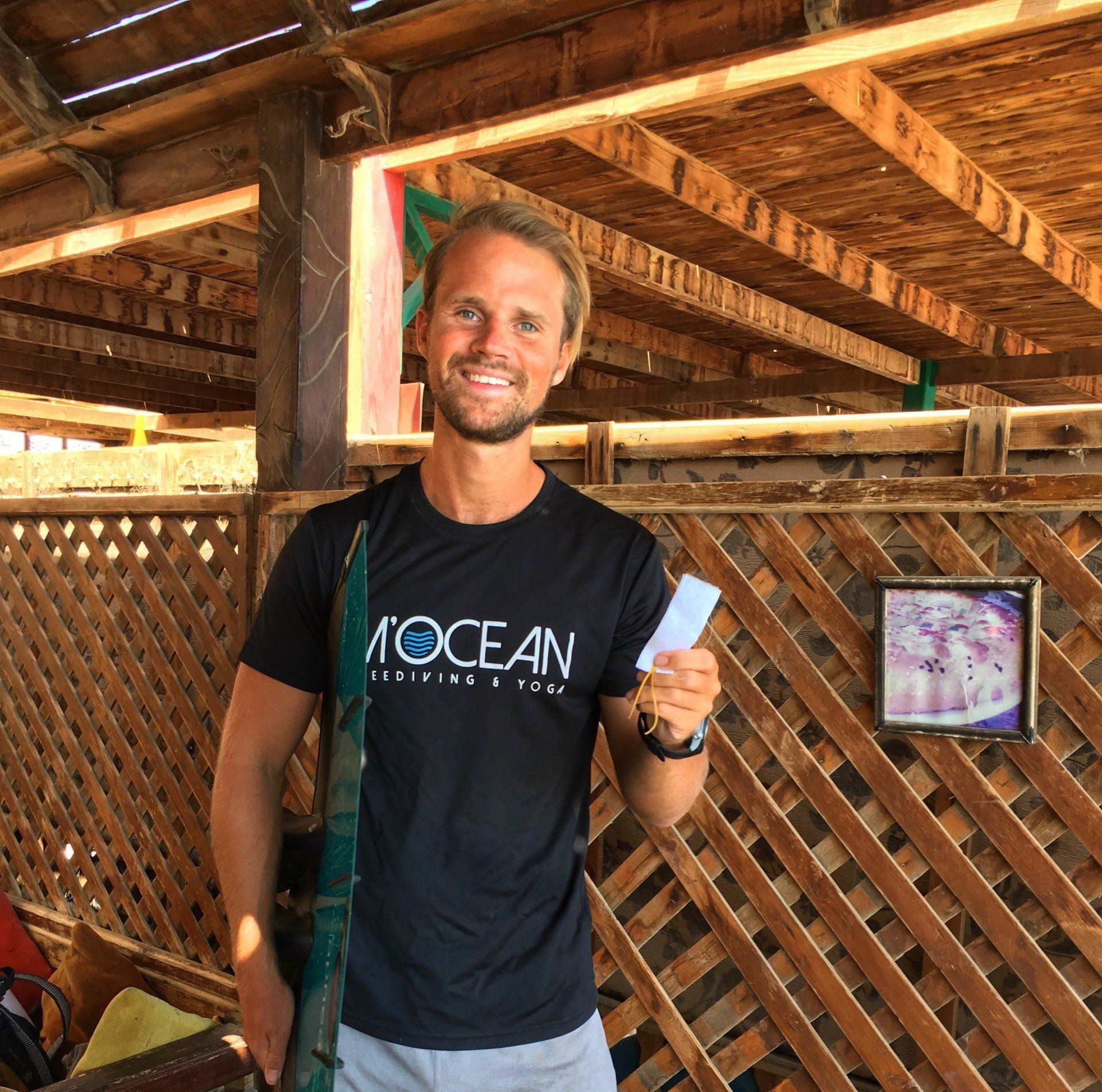
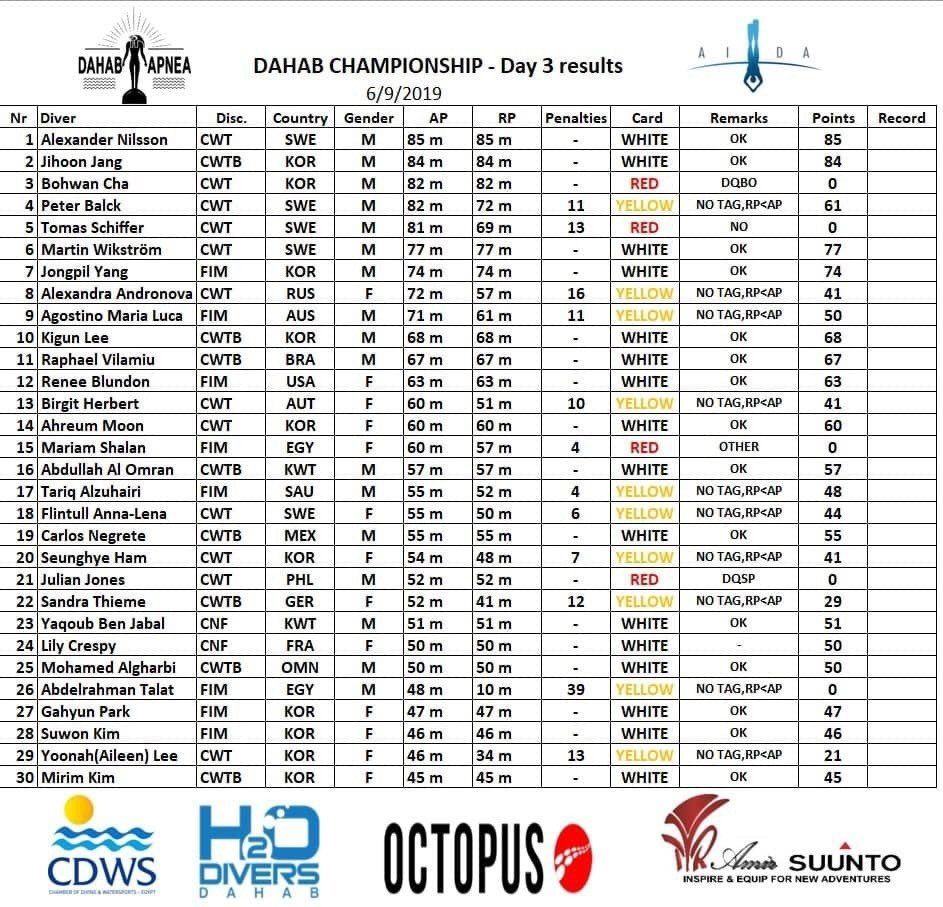
At the time of writing, it's may 2020 and the world has entered lockdown due to the current coronavirus-situation.
So, that dive in Dahab during the summer of 2019 was the last time I attempted a deep dive.
If there is one single thing that I want you to take with you from this article, then that would be to understand the significance of the mental aspects of deep freediving. I hope that this article has helped you to shift your perspective of what you think is deep, and develop an ease of mind during your dives.
Because in the end, freediving is 90% mental, and you decide what is deep and what is shallow. I decided that the dives that I was about to do was shallow, and that allowed me to go to these depths. My motivation for doing deep freediving has always been to enjoy as long freefall as possible, and the depth showing on the depth gauge has always been secondary. This is the approach that has worked for me during the past three years, and I hope that this article has given you some ideas of what might work for you to enjoy a long freefall yourself!
Share article:

